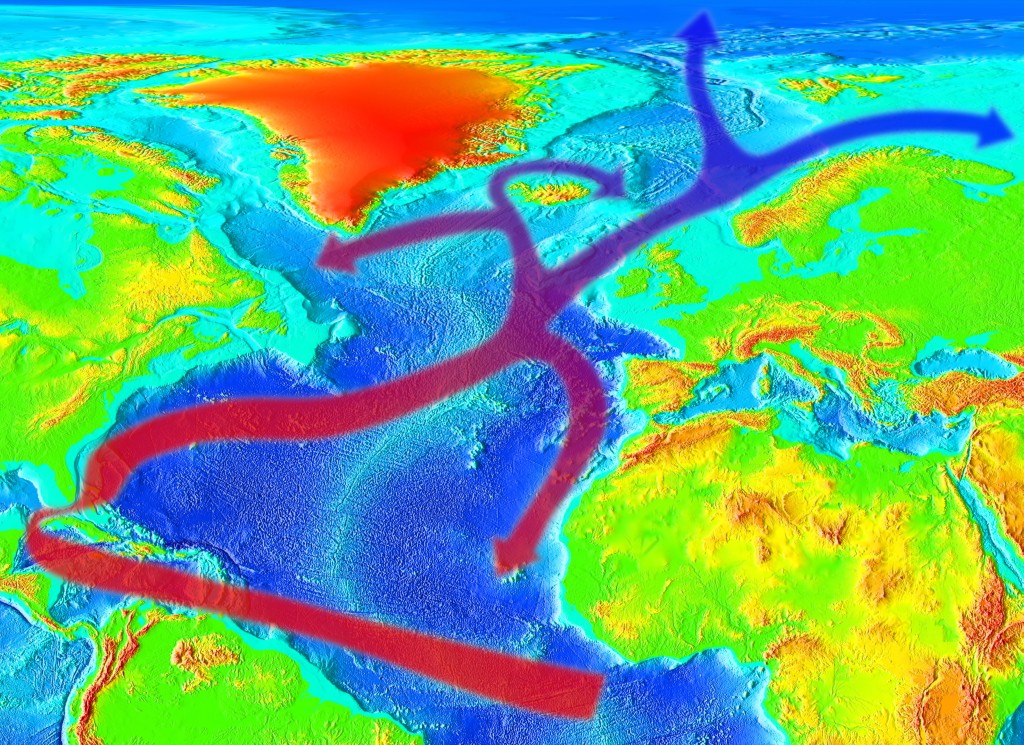
Will we freeze as the world warms?
Last week a new report concluded that European temperatures in 2020 were the highest ever recorded. The record was beaten by a considerable margin and all of five of Europe’s hottest years have been since 2014.
The picture was not the uniform across Europe though. Western Europe was warmer than average but central and eastern Europe were much warmer, with, for instance Russia 2.9C above the long-term average while the UK was 0.8C above that average. 2020 in Scotland was the 8th warmest year on record.
The recent report from the world’s climate scientists, the Intergovernmental Panel on Climate Change, painted a bleak picture generally and on the ocean currents that keep the Atlantic coast of Europe warmer than they would otherwise be there was alarming news. They said these currents would very likely weaken over this century. They had only ‘medium confidence’ there would not be an abrupt collapse of the currents before 2100.
Popularly called the Gulf Stream, but more correctly the Atlantic Meridional Overturning Circulation and its offshoot the North Atlantic Current by the time it reaches us, this massive system of ocean currents carries warm water from the tropics to the Arctic and has a huge influence on our climate and on nutrient flows that affect fish and marine birds. When the warm water reaches the pole it sinks and returns cooler water as a deep ocean current south again. These currents are seen as one of about ten major planetary tipping points which climate change could trigger.
As the world warms the ocean currents that give us warmth will get weaker because the water at the pole will be warmer and less salty (because of melting ice and increased rain). So western Europe will feel less than the global average increase in temperatures. A new study last month found evidence that the flow of warm water has indeed weakened over the last few decades. The authors concluded the system of ocean currents may have moved from thousands of years of relative stability to a condition close to an abrupt transition.
This kind of rapid change was depicted in the 2004 film ‘The Day After Tomorrow’ and a plan to artificially make the North Atlantic more salty has moved from science fiction to the subject of serious scientific papers.
Scotland is the same latitude as northern Labrador, yet our climates are very different, with average winter low temperatures there colder than -25C and snowfall expected in nine months of the year. A major slowdown or even collapse of the warming current would see us and the rest of the Atlantic coast of Europe considerably cooler. It could also lead to a collapse in plankton stocks, leading in turn to the collapse of fish and bird populations.
In the short term the weakening of warm water ocean currents means we are cushioned from some of the more extreme impacts of the warming climate that are being seen in most of the rest of the world. In the longer term we really really don’t want to experience what Scotland would be like without the warming impact of these currents.
Dr Richard Dixon is Director of Friends of the Earth Scotland. A version of this article appeared in The Scotsman on Thursday 2 September 2021.
